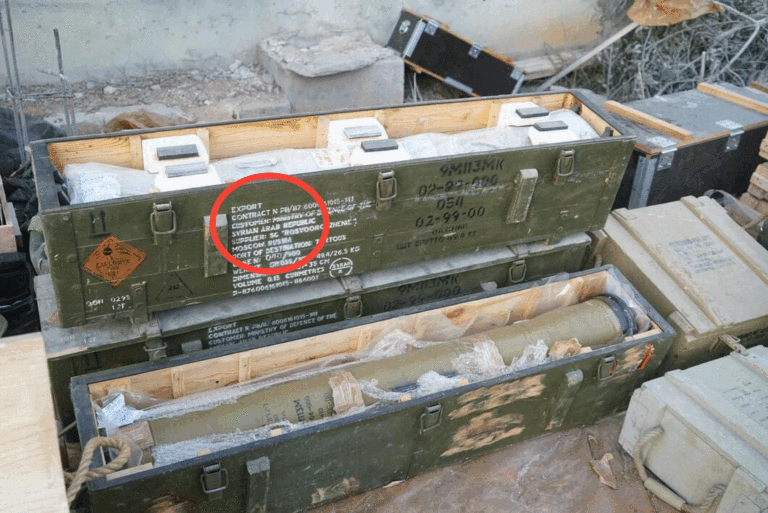 The Federal Emergency Management Agency will probably need to request a congressional bailout of its flood insurance operations, as claims from superstorm Sandy could be as much as four times greater than the program’s capacity, a top FEMA official said on Wednesday.
The Federal Emergency Management Agency will probably need to request a congressional bailout of its flood insurance operations, as claims from superstorm Sandy could be as much as four times greater than the program’s capacity, a top FEMA official said on Wednesday.
The National Flood Insurance Program, a FEMA subsidiary, has $2.9 billion in borrowing capacity but expects Sandy-related losses of $6 billion to $12 billion, Edward Connor, FEMA’s deputy associate administrator for federal insurance, told a meeting of the Federal Advisory Committee on Insurance.
“As we go into this, we are looking at Sandy and the numbers are staggering,” Connor said.
The NFIP is essentially the country’s only flood insurer for residential properties. It received a bailout after Hurricane Katrina in 2005, leaving it with a debt load of just under $18 billion, an amount the government has said the program will probably never be able to repay.
A reform package signed into law this year is expected to improve the program’s finances eventually, although such changes are years away and have been criticized as insufficient by elements of the insurance industry.
For now, extending the program’s borrowing capacity beyond the current $20.7 billion cap would require authorization from Congress, something Connor said he expected the Homeland Security Department would request soon.
“In terms of when we will borrow, we know that with the way the claims are coming in now, the burn rate, that we expect that probably by the end of this month we are going to have to tap into our remaining $2.9 billion to pay the claims,” he said.
He said he expected Homeland Security Secretary Janet Napolitano to appear before Congress to request additional borrowing power.
While the NFIP is a government program, it contracts with private insurers to write and administer many of the policies on its behalf. A senior executive of the largest such underwriter said she fully expected Congress would allocate the necessary funds.
“We can’t speculate on the final dollar outcome, but obviously FEMA has made a stance,” Patty Templeton-Jones, chief operating officer of Wright Flood, said in an email.
Between the losses to private insurers and to the federal government, Sandy is expected to be the second costliest natural catastrophe in U.S. history, behind only Katrina. Disaster modeling company RMS said on Wednesday it expected insured losses of as much as $25 billion.
(Reuters)










